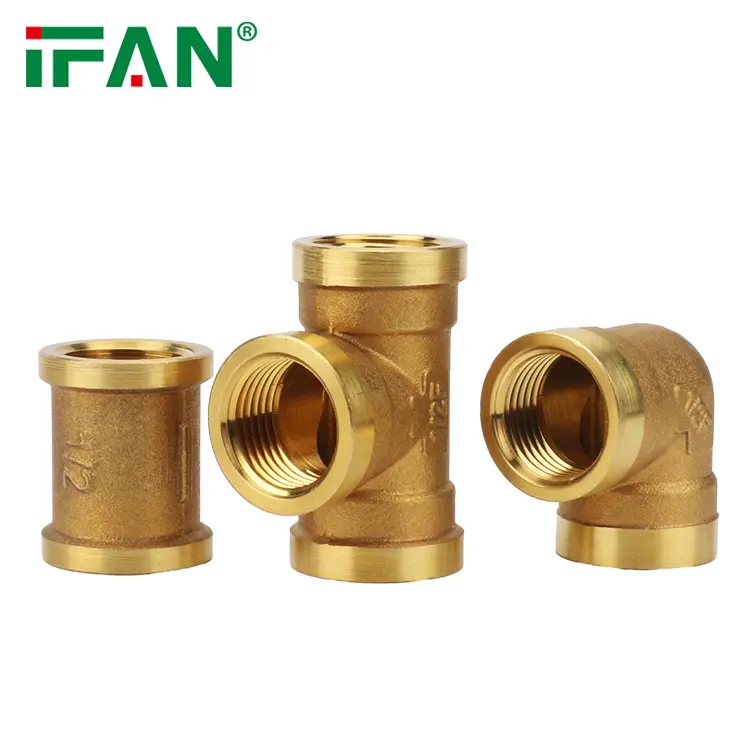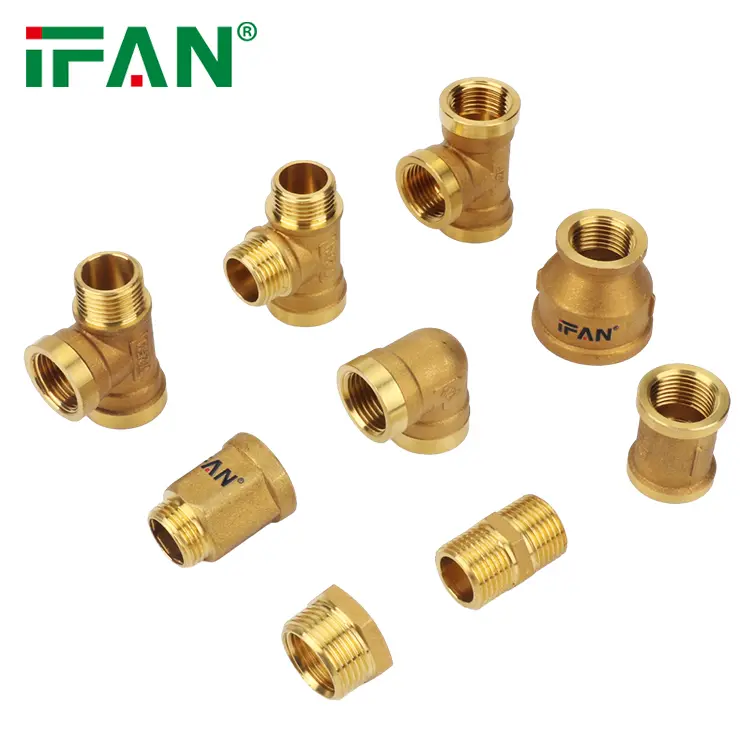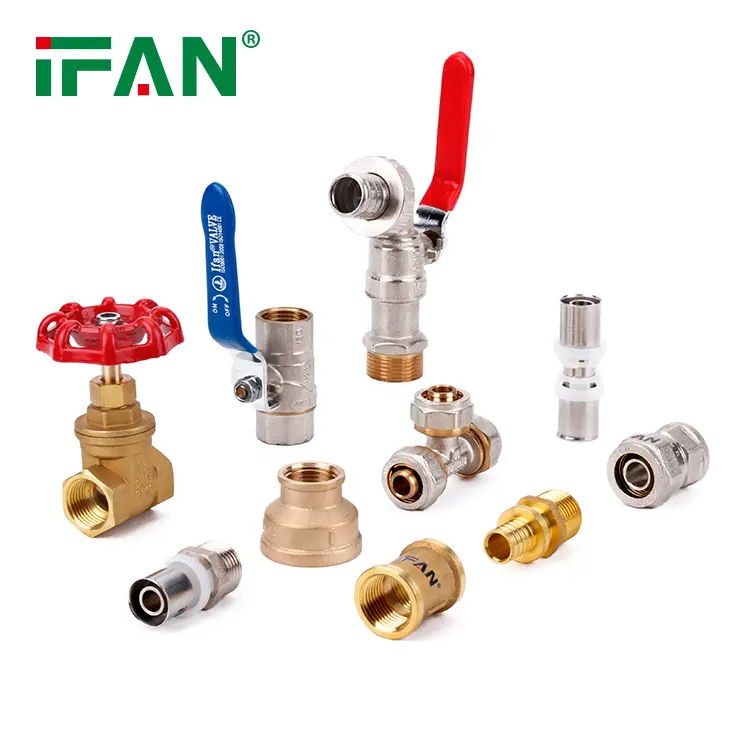Brass fittings, known for their durability and resistance to corrosion, play a crucial role in plumbing systems. These fittings provide reliable connections and ensure the smooth flow of fluids.
Gas Brass Fittings:
Gas brass fitting are specifically designed to meet the unique demands of gas distribution systems. These fittings facilitate the safe and efficient transport of natural gas or propane from the source to various appliances such as stoves, water heaters, and furnaces.
Water Brass Fitting:
Water brass fittings are essential components in water supply systems. They enable the controlled flow and distribution of clean water within residential, commercial, and industrial settings. These fittings come in various types, including couplings, elbows, tees, and valves, allowing for flexible and efficient plumbing installations.
Material Composition:
Both gas and water brass fitting are typically made of an alloy composed mainly of copper and zinc. However, the specific ratios and additional elements present in the alloy may vary based on the desired properties and requirements of the fittings.
Thread Type:
Gas brass fittings often utilize tapered threads (NPT – National Pipe Taper) to create a tight seal, preventing gas leaks. On the other hand, water brass plumbing fitting commonly employ parallel threads (NPS – National Pipe Straight) to ensure secure connections without the risk of leakage.
Usage Restrictions:
Gas brass fittings must adhere to strict safety regulations due to the potentially hazardous nature of gas. These fittings often require specialized seals, such as O-rings or gaskets, to prevent any gas leakage and ensure the safety of the surrounding environment.
Pressure Ratings:
Gas brass plumbing fitting are engineered to withstand higher pressure levels compared to water fittings. This is necessary to accommodate the higher pressures typically found in gas distribution systems. Water fittings, while still capable of handling substantial pressure, do not require the same level of resistance as their gas counterparts.
Compatibility:
When selecting brass fittings, it is crucial to ensure compatibility with the corresponding pipes and systems. Proper matching of thread types, sizes, and materials is essential to create secure and leak-free connections. This ensures optimal performance and minimizes the risk of damage or malfunction.
Certification and Standards:
Gas brass fittings must meet specific certifications and standards to ensure safety and compliance with regulations. These certifications may include testing for pressure resistance, gas leak prevention, and overall quality assurance. Water fittings, on the other hand, adhere to different standards relevant to water supply and plumbing regulations.
Purpose and Application:
Gas brass fittings find their primary application in residential, commercial, and industrial gas distribution systems. They facilitate the safe and efficient delivery of gas to appliances, ensuring reliable operation. Water brass fittings, on the other hand, are integral to plumbing and irrigation systems, enabling controlled water flow and distribution for various purposes, including drinking water, sanitation, and landscaping.
Conclusion:
Understanding the differences between gas and water brass plumbing fitting is vital for ensuring proper installation and functionality within plumbing systems. By considering factors such as material composition, thread type, usage restrictions, pressure ratings, compatibility, and adherence to certification standards, plumbing professionals and homeowners can make informed decisions when selecting and installing brass fittings. This guarantees safe, efficient, and reliable operation of gas and water distribution systems.
If you have read this article and have any questions, please feel free to contact IFAN. Below is our contact information:
Whatsapp:+86 13373827623
Email:[email protected]



















































